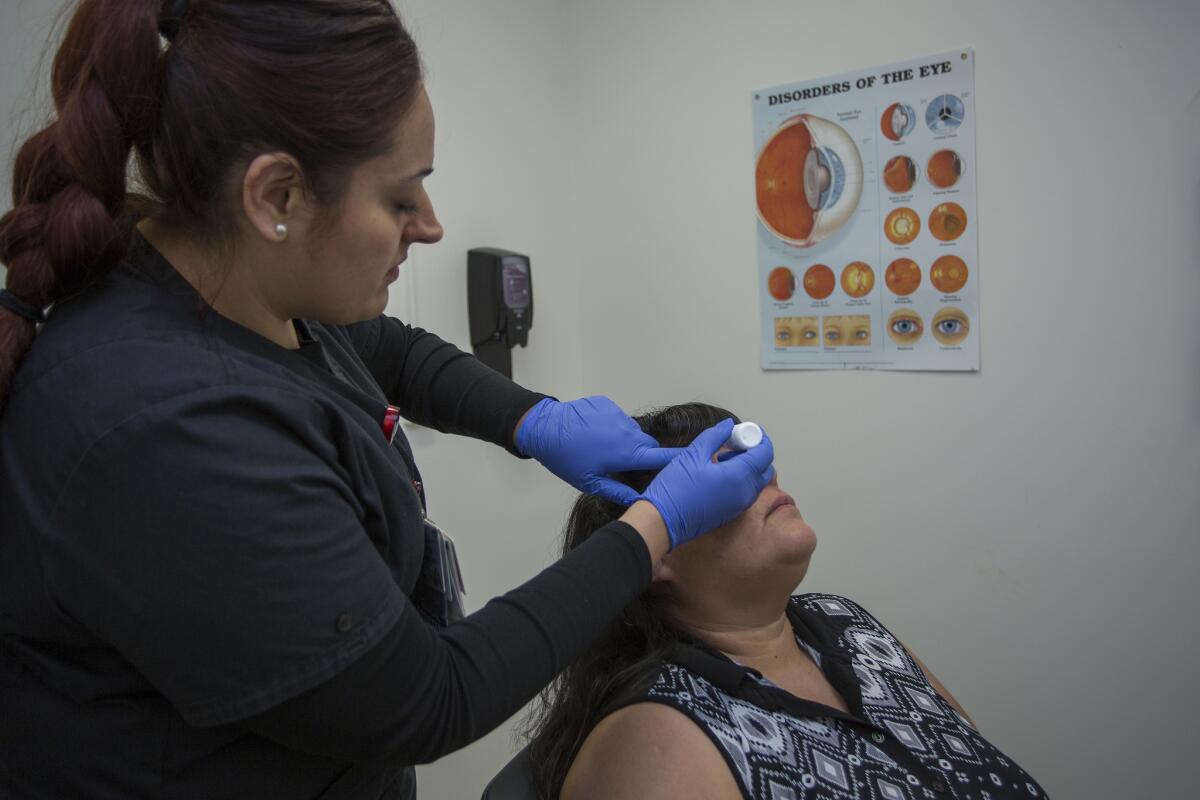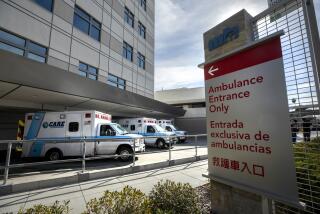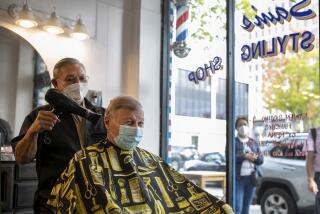Coronavirus could change how you go to the doctor

WASHINGTON — Even as hospitals and physicians’ offices nationwide struggle to stay afloat amid the downturn caused by coronavirus, a small group of clinics is thriving, sustained by a model of care that many experts hope could reshape medicine once the current crisis passes.
These clinics have not only kept their doors open; in many cases they’ve expanded services, stepping up contact with patients and making home deliveries of food, medicine and other essentials.
And while the coronavirus is taking a heavy toll on sick and elderly Americans, there are encouraging signs these clinics are managing to protect their patients, who include some of the nation’s most vulnerable.
The key to their success: a shift away from the long-established system of paying doctors separately for every office visit, test and procedure. Instead, these clinics typically receive a monthly payment from health plans to care for a defined group of patients.
“This is the model that we’ve all been trying to get to,” said Tom Banning, who heads the Texas Academy of Family Physicians.
Banning is among a growing number of healthcare leaders calling for a major shift in how primary care is delivered and paid for in America.
These experts also warn that unless more physicians and insurers rapidly make the switch, the nation’s primary-care system risks disintegrating under the pressures the pandemic has created.
“We are seeing a collapse of primary care in this country at the exact time that we need it most,” said Dr. Rushika Fernandopulle, chief executive of Massachusetts-based Iora Health, a nationwide network of primary-care clinics that has helped pioneer the new model of care.
The traditional fee-for-service method of paying doctors has long had critics. Among other issues, the system gives physicians incentives to squeeze in as many office visits as they can, rather than thinking more broadly about what services would deliver the best results for patients.
The current pandemic has heightened the problems: Millions of Americans have been forgoing trips to the doctor’s office, creating an economic crisis for physicians.
As a result, in the midst of a huge health crisis, doctors, nurses and other healthcare providers have suffered some of the biggest job losses in the current recession.
Nationwide, nearly half of primary-care practices have laid off or furloughed staff, a recent survey found. More than quarter of physicians at these practices have deferred or forgone their own salaries, and 1 in 7 has had to temporarily close, according to the survey by the Primary Care Collaborative and the Larry A. Green Center, a primary-care research group
“This pandemic has pointed out the craziness of having the viability of primary care dependent on face-to-face visits,” said Dr. Farzad Mostashari, a former federal and local public health official and founder of Aledade, a company based in suburban Washington that helps primary-care practices manage patients’ health.
Primary-care providers include internists, family physicians, pediatricians and geriatricians.
In addition to their monthly payments, which vary substantially based on how sick patients are, Iora and other clinics that don’t use the fee-for-service system often get bonuses if their patients stay healthier. They can lose money if their patients get sicker or end up in the hospital.
This creates financial incentives for the clinics to find ways to improve patients’ health instead of simply bringing patients into the office to see a doctor. That’s particularly important for people with chronic medical conditions such as diabetes and heart disease, which can lead to serious and expensive complications if not well managed.
“There is an opportunity for more coordination and certainly much more comprehensiveness,” said Chris Koller, president of the nonprofit Milbank Memorial Fund, which supports efforts nationwide to improve primary care.
The model clinics often use health coaches, nurses and other nonphysicians to do jobs like helping diabetics change their diets and better manage their blood sugar, steps that can improve a patient’s health and also save money by reducing hospitalizations.
Florida-based ChenMed, a clinic system with outlets in eight states that mainly serves low-income seniors, has run yoga and fitness classes at its practices for years.
ChenMed, Iora, Chicago-based Oak Street Health and other similar primary-care systems also focus heavily on using more-efficient specialists and hospitals that keep costs in check and avoid unnecessary procedures.
The advent of the novel coronavirus has forced these clinics to change some of their practices. They’ve had to dramatically cut back office visits and pare back in-person services like the classes that ChenMed operates.
“We knew that coronavirus was very bad for the old, the poor and the sick,” said Dr. Christopher Chen, chief executive of ChenMed. “We realized we had to have a new version of our model.”
ChenMed was able to quickly move to tele-health, switching 95% of office visits to virtual visits over telephone or internet in a week and half, Chen said.
For many traditional physician practices, the sudden switch to tele-health over the last few months has resulted in a dramatic drop in revenue. Not so for ChenMed and other systems that receive monthly payments.
The move to more virtual visits also allowed these systems to increase contact with patients. “We actually have more touch points than we did before,” said Dr. Griffin Myers, chief medical officer at Oak Street Health.
At Iora, the total number of contacts between clinics and patients increased more than 50%.
Eager to protect its vulnerable patients from potentially hazardous trips to grocery stories and other retail outlets, Oak Street, ChenMed and other systems also started delivering food and toilet paper to patients’ homes.
While it may take some time to evaluate the health effects of this strategy, there is some evidence it may be having an impact on patients’ health; systems such as Iora, ChenMed and Oak Street have reported that few of their patients are ending up in the hospital.
Whether more primary-care practices can make the shift away from fee-for-service reimbursement remains unclear.
Building systems to manage patients’ total health instead of simply arranging offices visits is complex and costly. And insurance companies have been skeptical that physician practices could handle the transition to monthly fees.
At the same time, a more robust primary-care system built around models like Iora, ChenMed and Oak Street threatens the business of large hospital-based medical systems, which make money by performing high-priced procedures.
As states ease coronavirus lockdowns, hospitals, which have been battered financially as patients put off procedures, are pushing to restart elective surgeries and other treatments.
That is prompting new fears that healthcare costs are poised to begin another sharp rise unless policymakers take steps to transform primary care now and begin changing the way medical care is funded.
“Somebody needs to wake up and say we can’t keep doing the same thing,” Chen said.
More to Read
Get the L.A. Times Politics newsletter
Deeply reported insights into legislation, politics and policy from Sacramento, Washington and beyond. In your inbox three times per week.
You may occasionally receive promotional content from the Los Angeles Times.











